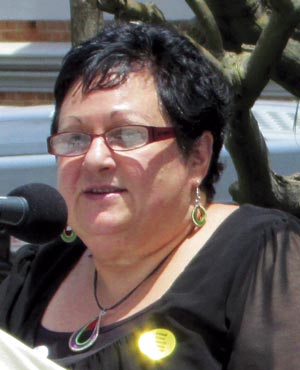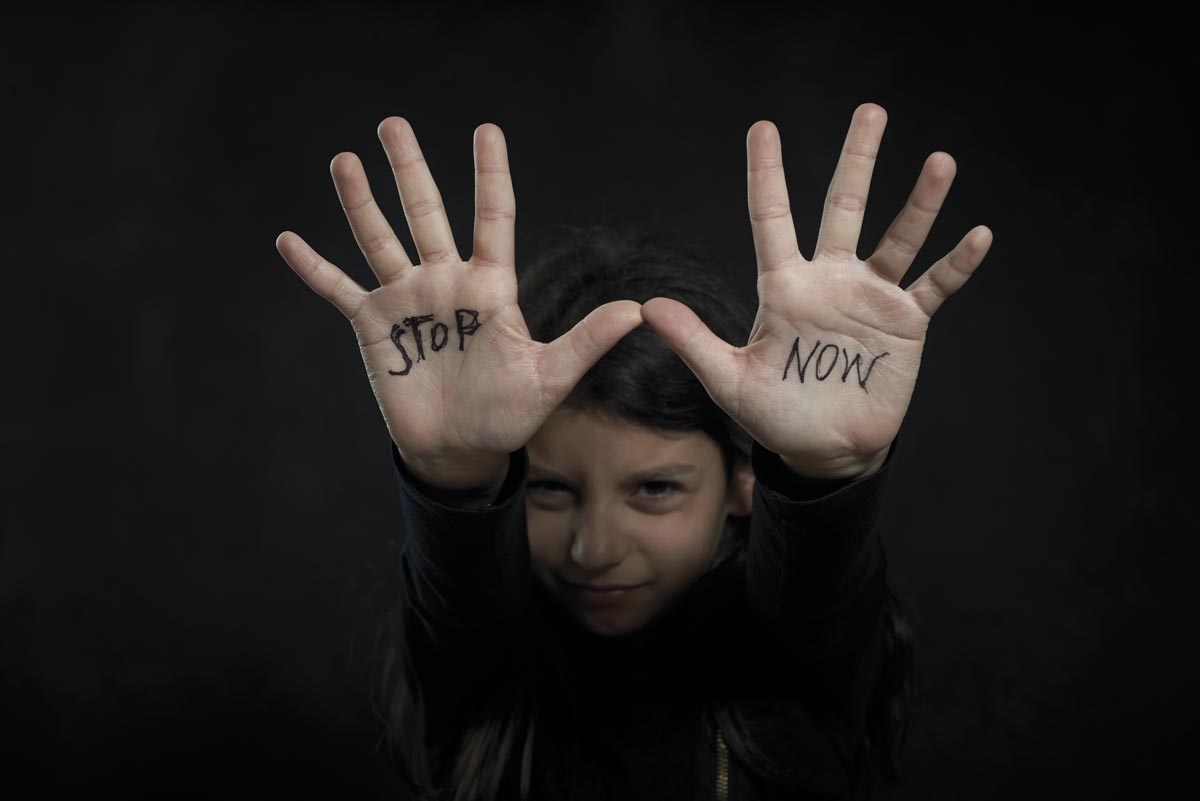ED: Language used in conversation and reporting on domestic violence still anchors itself in the flaws of victims. This should change, says Angela Hartwig.

As the peak body for Domestic and Family Violence in WA, we at the Women’s Council are often asked to comment on articles that appear in the media. In a recent article in Perth Now, ‘Why She Finally Broke’ on 1 July 2018, taken from an extract from psychologist Dr Helen McGrath and journalist Cheryl Critchley’s, book, Mind Behind the Crime, circumstances which drove Geraldton GP Dr Chamari Liyanage to kill her husband in 2014 after many years of abuse were featured.
While the article highlighted the circumstances around the abuse and violence, we are concerned about the language used and explanations provided. Terms such as Dependent Personality Disorder (DPD) and ‘learned helplessness’ – descriptions we believe contribute to a misunderstanding that the victim may have some deficit or flaw in their own character which facilitated the abuse to occur.
Drs Allan Wade and Linda Coates from the Centre for Response-Based Practice in Canada are experts in the area of the micro-analysis of language and violence. They are regular visitors to Australia and their work provides a framework in which to understand the use of language to describe violent acts and the impact of victim-blaming responses.
Victims/survivors of domestic and family violence often do many things to oppose and/or resist abuse. They often face the threat of further violence, from mild censure to extreme brutality for any act of open defiance. Consequently, open defiance is the least common form of resistance.
The Women’s Council was also alarmed by the use of language such as ‘learned helplessness’, which renders a victim as passive, and not a responding agent.
Again, these types of theories, along with ‘the cycle of violence’, do little to examine the social responses to victims, which have historically been often negative. It is these types of responses from individuals, families and agencies that need to be explored.
We know that perpetrators will actively try to conceal and minimise their use of violence; and explicitly imply that the victim asked for it and/or was compliant in what acts took place, particularly in this case where the perpetrator used coercive control and manipulation as a way to implicate the victim as mutually responsible.
Where the threats of violence are so great, survivors have reported that often they felt the only way to stop the horrific abuse was to kill the perpetrator. This act of resistance does not come from a woman who lacked confidence or who had some form of deficit disorder, but by one who realised that she needed to defend herself from more violence.
Once her husband had become aware that Dr Liyanage wanted to leave, he promised to change, lulling her into a false sense of security. He isolated her from her family, controlled finances and emotionally blackmailed her in order to maintain power and control over her. Instead of asking ‘why didn’t she leave’, we should be asking, what forms of violence allowed her husband to continue this pattern of abusive and degrading behaviour.
The Women’s Council strongly believes the story of victims’ resistance to violence should be told. It not only allows for a full and accurate description of the violence that took place, but also focuses on the perpetrator and their continued abuse, and less on a need to pathologise the victim.


